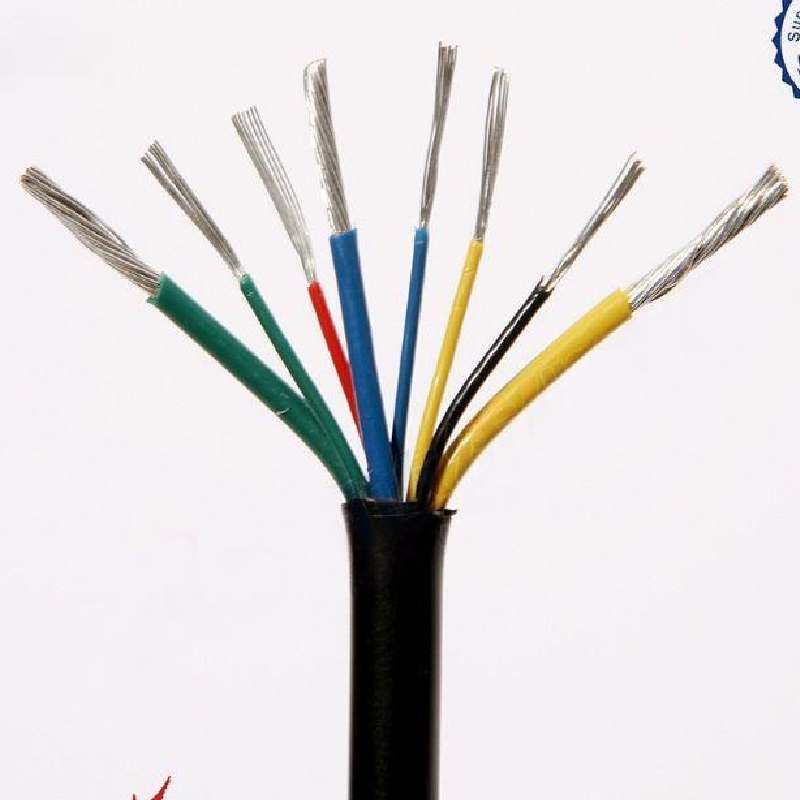Dec . 01, 2024 10:07 Back to list
Understanding the Functionality and Applications of Control Valves in Industrial Systems
Understanding Control Valves Essential Components in Fluid Systems
Control valves are vital components in various industrial processes, serving as critical facilitators of fluid regulation within a system. These valves govern the flow and pressure of liquids and gases, ensuring that operations run smoothly and efficiently. This article will delve into the types, functionalities, and importance of control valves in diverse applications.
What is a Control Valve?
A control valve is a mechanical device that modulates the flow of a fluid by varying the size of the flow passage as directed by a control signal. The flow passage can be reduced or expanded, allowing for precise control of fluid movement. Control valves are typically composed of a valve actuator, a valve body, and a flow element that can vary the passage size, such as a disc, globe, or butterfly.
Types of Control Valves
Control valves come in various designs, tailored to meet specific operational needs
1. Globe Valves Known for their good throttling capabilities, globe valves utilize a spherical body that offers efficient regulation of flow. They are commonly used in applications requiring precise control.
2. Ball Valves Characterized by their quick operation, ball valves utilize a spherical disc to stop or start flow. While not ideal for throttling, their durability makes them suitable for on/off applications.
3. Butterfly Valves These valves have a disc that rotates to control flow. Butterfly valves are lightweight and cost-effective, suitable for large volume applications but may not offer the same level of precision as globe valves.
4. Check Valves While not traditional control valves, check valves prevent backflow in a system. Their role in maintaining system integrity is crucial, particularly in processes where reverse flow can cause damage.
5. Pressure Relief Valves These valves are designed to protect a system by releasing pressure when it exceeds a predetermined level, preventing potential damage or catastrophic failure.
Working Principle
control valve

Control valves function based on a control signal derived from a control system, which may be a manual operator, a pneumatic system, or an electronic controller. The actuator responds to the control signal, adjusting the position of the valve to vary the flow rate.
The process usually involves several steps - Feedback Loop The control system continuously monitors parameters like flow rate, pressure, and temperature. - Signal Processing When deviations from desired setpoints occur, the control system signals the actuator. - Valve Adjustment The actuator moves the valve to achieve the required flow conditions, ensuring the system remains stable and operating within specifications.
Importance of Control Valves
Control valves play a pivotal role in a myriad of applications across industries, including
- Oil and Gas In this sector, control valves manage the flow of crude oil and natural gas through pipelines, refining processes, and storage facilities. Precise control ensures safety and efficiency in operations.
- Water and Wastewater Treatment Control valves regulate the flow of water through treatment processes, maintaining quality and compliance with regulations. They are essential in managing levels in tanks, flow rates, and chemical dosing.
- Chemical Processing In the chemical industry, control valves are crucial for managing reactions and maintaining desired conditions, such as pressure and temperature, which can directly affect product yield and safety.
- Power Generation In power plants, control valves optimize the flow of steam and water in various cycles, enhancing efficiency and output while minimizing emissions.
- HVAC Systems In heating, ventilation, and air conditioning systems, valves control the flow of air and coolant, ensuring comfort and energy efficiency.
Conclusion
Control valves are fundamental in ensuring that fluid systems operate efficiently and safely across various industries. Their ability to regulate flow and pressure not only affects the performance of individual processes but also contributes to operational safety and environmental compliance. Understanding their functioning and applications is essential for engineers and operators alike, as it leads to improved process management and resource efficiency. As technologies advance, control valves continue to evolve, integrating with smart systems and automation, ensuring their relevance in the future of industrial operations.
Share
-
Reliable Wafer Type Butterfly Valves for Every IndustryNewsJul.25,2025
-
Reliable Flow Control Begins with the Right Ball Check ValveNewsJul.25,2025
-
Precision Flow Control Starts with Quality ValvesNewsJul.25,2025
-
Industrial Flow Control ReliabilityNewsJul.25,2025
-
Engineered for Efficiency Gate Valves That Power Industrial PerformanceNewsJul.25,2025
-
Empowering Infrastructure Through Quality ManufacturingNewsJul.25,2025